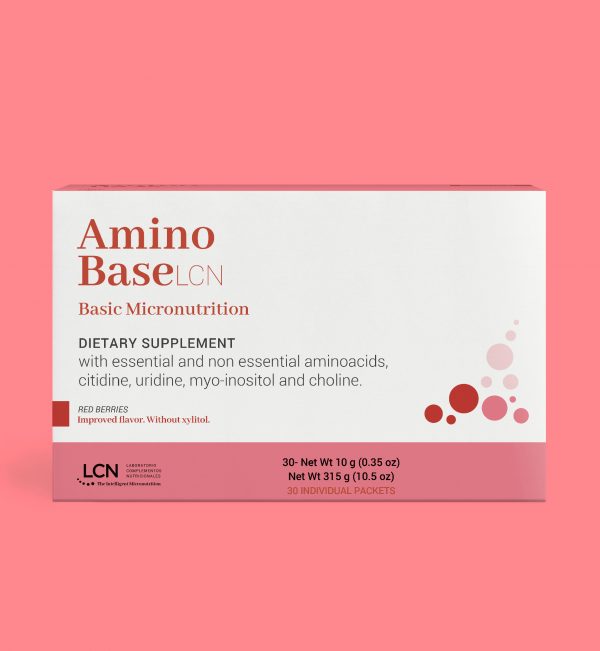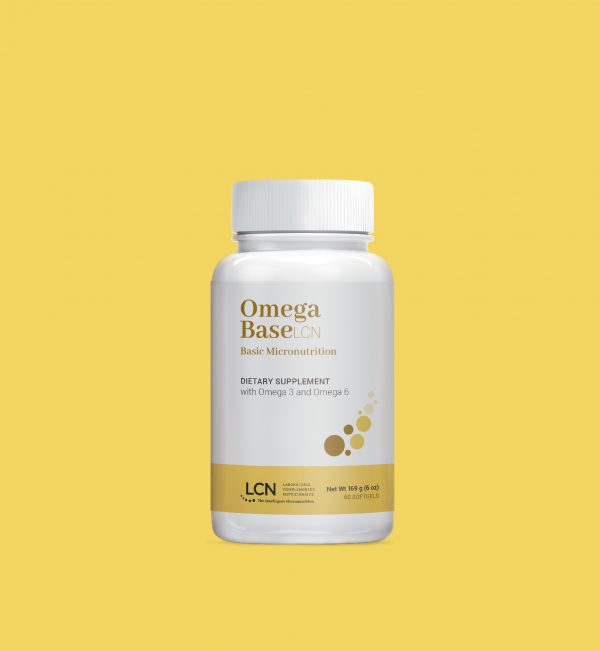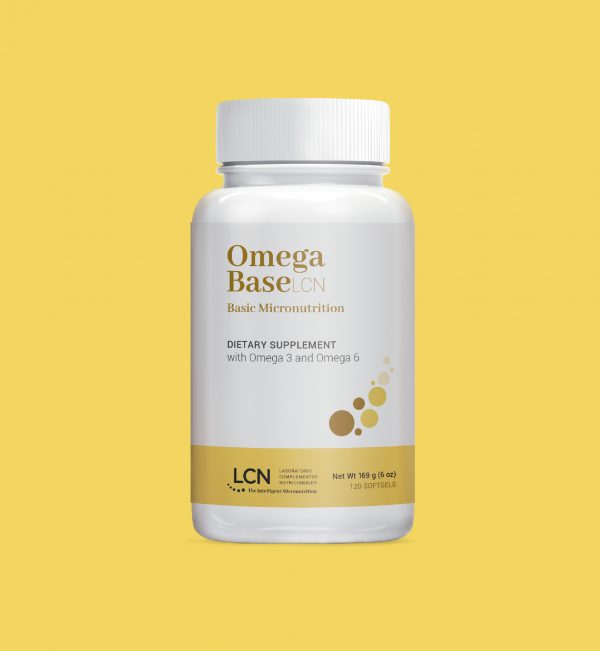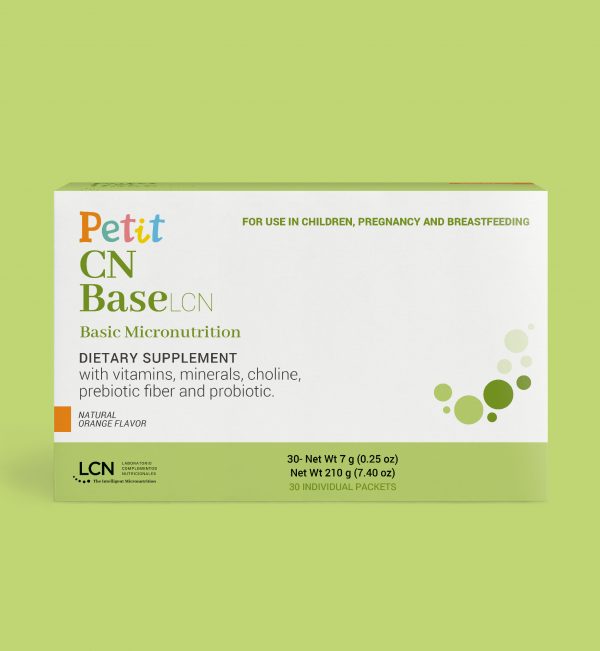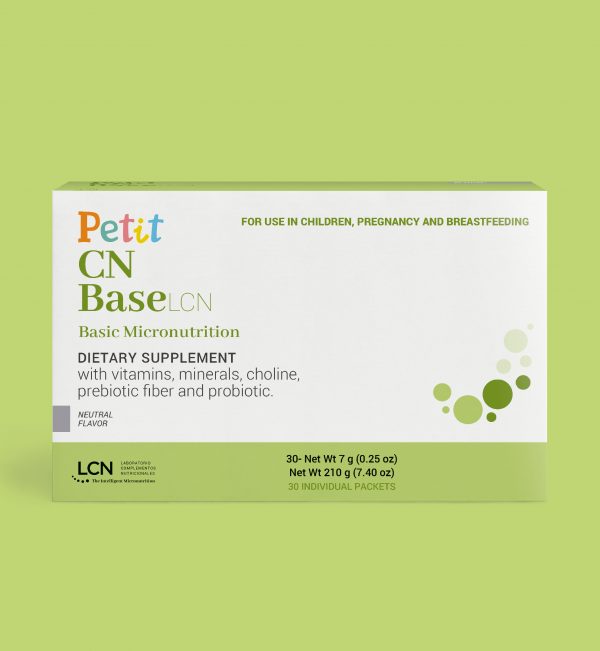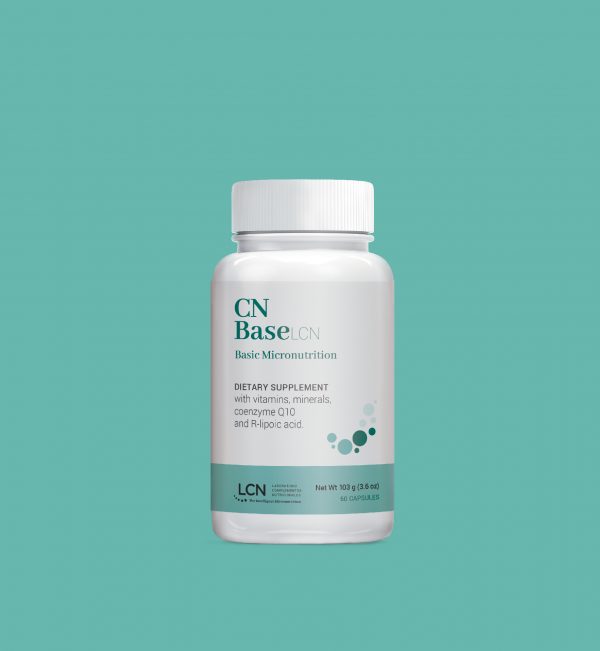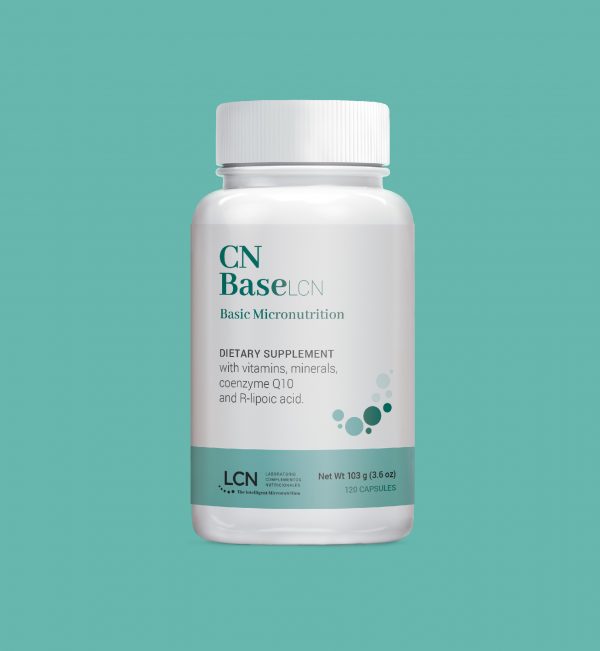Omega-6 (GLA)
What is it?
GLA is a micronutrient formed from LA and needs the delta-6 desaturase (D-6-D) enzyme and adequate levels of vitamin C, B vitamins, magnesium, and zinc.
GLA is not found in foods, only in primrose and borage oils.
Primrose oil (Oenothera biennis L.) standardized to 9% virgin GLA (first cold pressed, unrefined).
GLA supplementation
To maintain the properties of GLA intact, the oil must be protected from the moment it is extracted. The best extraction method is cold pressing, which produces variable concentrations (4%–18%) of GLA in a natural way. Higher GLA concentrations can be attributed to more aggressive extraction processes, at higher temperatures, the use of solvents, or more productive genetic varieties.
Foods with GLA
Gamma-linoleic acid is relatively rare in nature, with high concentrations found in very few plant species. The most important plant species used to produce GLA are primrose (Oenothera biennis L.), borage (Borago officinalis L.), and blackcurrant (Ribes nigrum). Borage oil must be of high quality and free of pyridoxamine alkaloids, which are toxic to humans.



